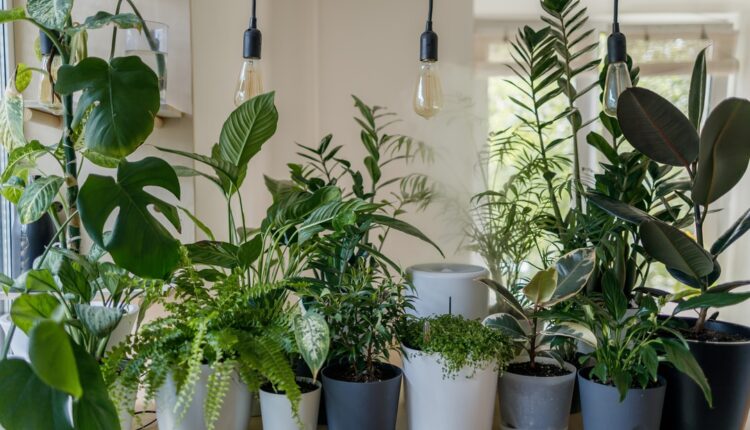Getting house plants can add lots of color and freshness to your living space. However, some plants are harder to maintain than others. This is why most people prefer to get an artificial plant instead. They provide the same interior design advantages with little to no maintenance.
Plant lovers can hardly tolerate a wax plant; they enjoy the process of taking care of the plant and watching it grow. If you’re in this category, there are a few things you need to know about keeping your plants in the proper humidity and temperature that’s best for them. It’s best to choose the plant species that fits in with your everyday lifestyle and would be easy for you to maintain. If you’d like to know what temperature is best for your favorite houseplant, this article will keep you informed.
What’s the right temperature for house plants?
The temperature best for your plants depends on the type of plant you have in your home. For example, if you have a houseplant in the palm or hibiscus plant family, you need to keep the temperature a bit higher, about 80℉. For a homeowner who prefers hanging plants indoor instead of pot plants, it’s best to keep them within the 65 to 80℉ range. Philodendron hederaceum and English ivy are some of the best indoor hanging plants. If you’re keeping plants that thrive in cooler temperatures, such as philodendron, fiddle leaf figs, or azalea, then it’s best to set your heating unit to as low as 60℉.
Indoor plants like moth orchid, spider plant, Boston fern, and snake plant are some of the best plants to keep if you’re looking for something easier to maintain. They can thrive with moderate temperatures within 60℉ and 75℉. Keep in mind that all plants will need a 10° temperature drop at night since this is how they exist in nature.
Signs that the temperature is not suitable for your plants.

Your house plants always have a way of letting you know when they aren’t entirely comfortable. As a plant owner, all you have to do is be observant and watch out for any of the signs below.
1. The leaves are turning yellow.
If your plant’s leaves are getting yellow, there’s probably been a sudden drop in the room’s temperature. This may be due to a faulty thermostat or heater. Even if you live in Fresno, the heatwave center of California, you’ll still need a heating system for the winter months. It’s normal to have heating problems, but you can get a discounted heating repair in Fresno with Fresno furnace repair. Another reason your plant may be turning yellow is over-watering or under-watering. Perhaps you’re giving your plant way too much or too little water. Try adjusting the amount of water you use and the frequency. Watch how it changes over time.
2. The flowers are dying off quickly.
If you have flowering plants like some cactus plants and notice the plants are dying way too soon, this may be a sign that the heat is too high. It may also mean your house is way too cold and they’re dying from frostbite. Once you notice this, move the plants to a warmer spot. You can place them on a south-facing window where it’s warmer or in the kitchen where your cooking can warm them up. If they’re dying off due to a higher temperature, readjust your heating system to a cooler setting, mist the leaves with some cold water, or move them to an open window where they can get some cold air.
3. The leaves are beginning to curl.
If you’ve noticed the edges of your plant’s leaves curling or getting brown, it’s because it’s being exposed to excessively bright light. To remedy this, you can move it away from a sunny window or move it to a room with low light exposure.



Comments are closed.